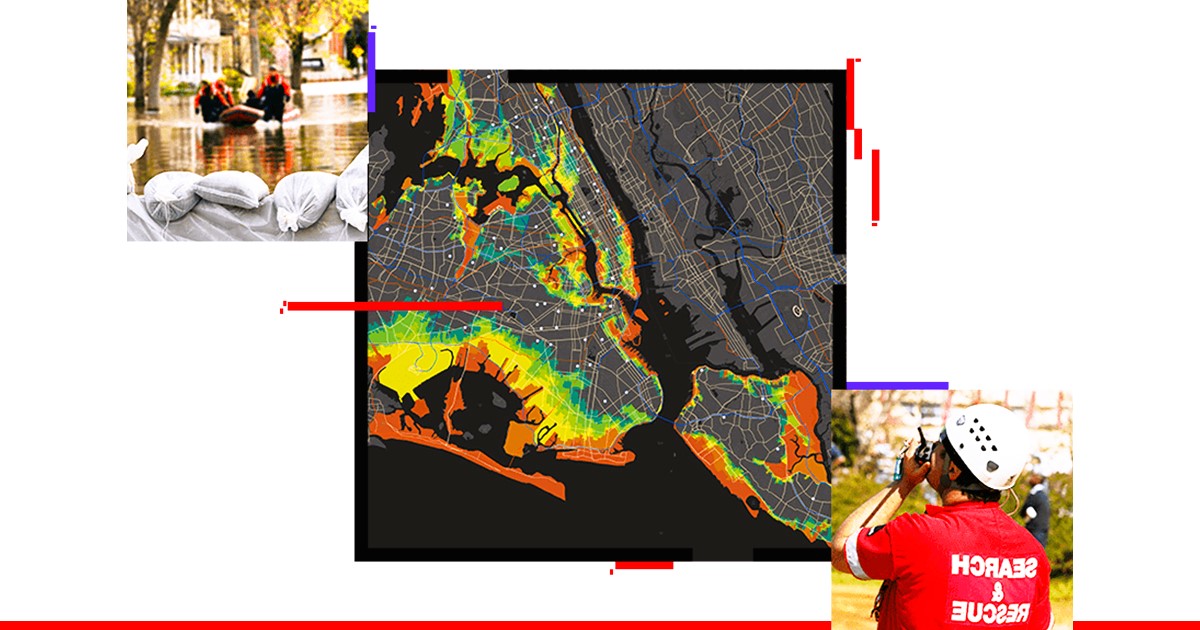Infrastructure Resilience: Data-Driven Disaster Preparedness
Infrastructure resilience is a critical component of disaster preparedness and recovery. As climate change leads to more frequent and severe natural disasters, the need for resilient infrastructure becomes increasingly apparent. In this article, we will explore the concept of infrastructure resilience and how data-driven approaches are enhancing disaster preparedness efforts.
Understanding Infrastructure Resilience
Infrastructure resilience refers to the ability of essential infrastructure systems, such as transportation, energy, water supply, and telecommunications, to withstand and recover from the impact of disasters and other adverse events. These events can include natural disasters like hurricanes, floods, earthquakes, as well as human-made disruptions like cyberattacks or infrastructure failures.
Key aspects of infrastructure resilience include:
- Redundancy: Having backup systems and redundancies in place to maintain functionality in the face of disruptions.
- Adaptability: The capacity to adapt to changing conditions and quickly recover from disruptions.
- Resource Efficiency: Maximizing resource use and minimizing waste to ensure the sustainability of infrastructure systems.
- Rapid Recovery: The ability to restore services and operations promptly following a disaster.
The Role of Data in Disaster Preparedness

Data plays a pivotal role in enhancing disaster preparedness and infrastructure resilience. Here’s how:
1. Risk Assessment
Data allows for comprehensive risk assessments by analyzing historical data on disasters, weather patterns, and infrastructure vulnerabilities. This information helps identify areas most susceptible to specific types of disasters.
2. Early Warning Systems
Data-driven early warning systems utilize real-time data, including weather forecasts, seismic activity, and sensor data, to provide advance notice of impending disasters. This allows authorities to evacuate residents, secure infrastructure, and allocate resources more effectively.
3. Simulation and Modeling
Advanced computer modeling and simulation tools use data to predict the potential impact of disasters on infrastructure systems. This helps engineers and planners develop strategies for mitigating damage and ensuring rapid recovery. Check out our guide to Construction Compliance: A Statistical Perspective.
4. Resource Allocation
Data analytics can optimize the allocation of resources before, during, and after disasters. This includes coordinating the deployment of emergency response teams, equipment, and supplies to affected areas.
For more information on construction standards and guidelines, Canada.ca – Construction Standards.
Case Study: The Importance of Data-Driven Resilience
Canada has recognized the importance of data-driven infrastructure resilience in the face of climate change. One notable example is the data-driven approach taken in the city of Calgary, Alberta.
The Calgary Flood of 2013

In June 2013, Calgary experienced one of the most devastating floods in its history. Heavy rainfall led to widespread flooding, causing significant damage to homes, infrastructure, and the economy.
To address the challenges posed by such events, Calgary initiated a comprehensive data-driven resilience program. Key elements of this program include:
- Flood Modeling: Advanced flood modeling using topographical and hydrological data to predict flood patterns and assess the risk to infrastructure.
- Sensor Networks: Installation of sensor networks in vulnerable areas to monitor water levels, weather conditions, and infrastructure stability in real time.
- Emergency Response Planning: Development of data-driven emergency response plans that prioritize the safety of residents and critical infrastructure.
- Community Engagement: Public awareness campaigns that use data and maps to educate residents about flood risk and evacuation routes.
The result of these efforts has been increased infrastructure resilience, reduced damage, and improved disaster preparedness in Calgary. Data-driven decision-making has played a central role in this success.
Building Resilience for the Future
As the frequency and intensity of natural disasters continue to rise due to climate change, the importance of data-driven infrastructure resilience cannot be overstated. Governments, municipalities, and organizations must prioritize data collection, analysis, and modeling to better prepare for and respond to disasters.
Key strategies for building resilience include:
- Investment in Data Infrastructure: Building and maintaining the necessary data infrastructure, including sensors, monitoring systems, and data storage.
- Collaboration: Collaborating with experts in data science, engineering, and disaster management to develop comprehensive resilience strategies.
- Public Awareness: Educating the public about the importance of resilience and providing access to data on disaster risk.
- Regulatory Frameworks: Developing regulations and standards that require data-driven resilience measures in infrastructure projects.
- Continual Improvement: Regularly updating resilience strategies based on new data and evolving threats.
Conclusion
Infrastructure resilience is essential for safeguarding communities and ensuring the continuous operation of critical services during and after disasters. Data-driven approaches are at the forefront of efforts to enhance disaster preparedness and resilience. By harnessing the power of data, governments, organizations, and communities can better understand risks, develop effective strategies, and build a more resilient future.
